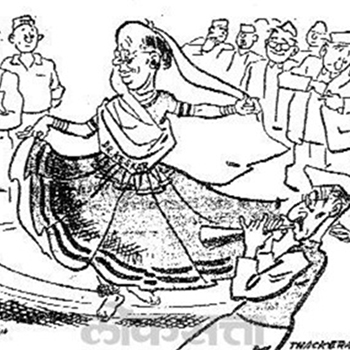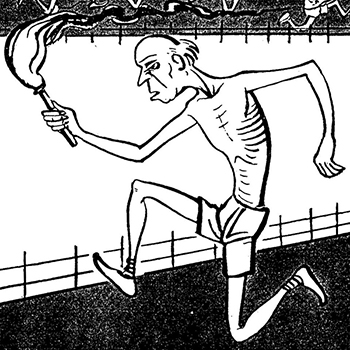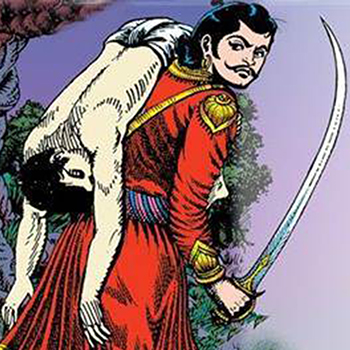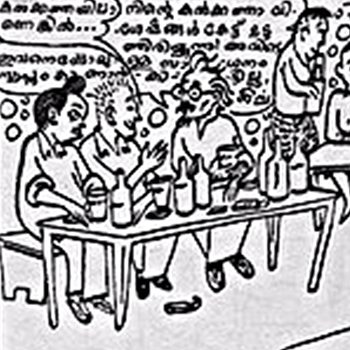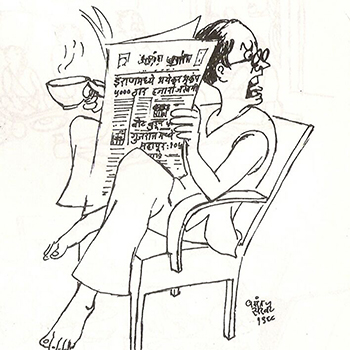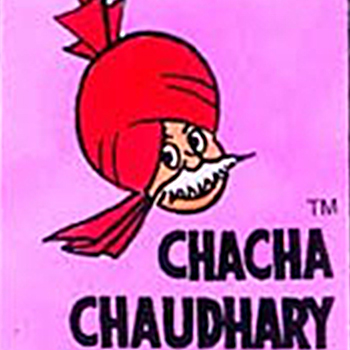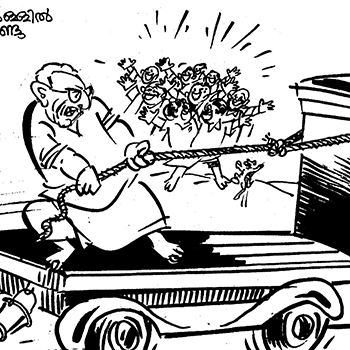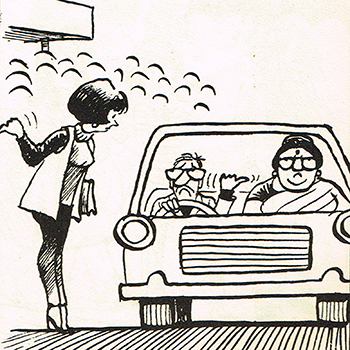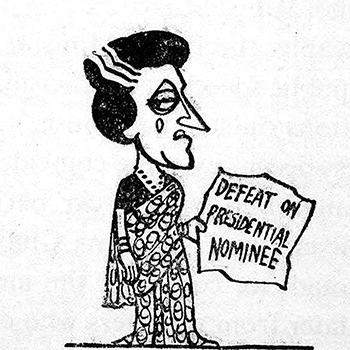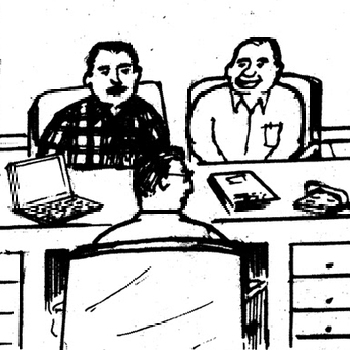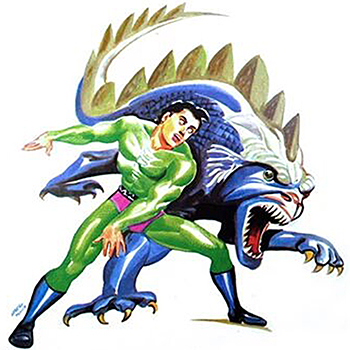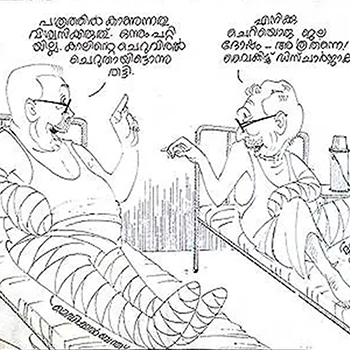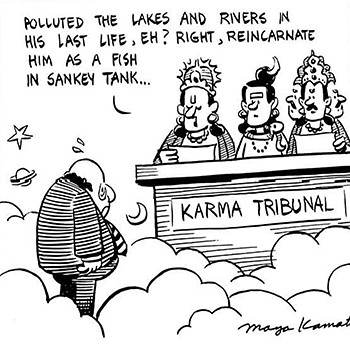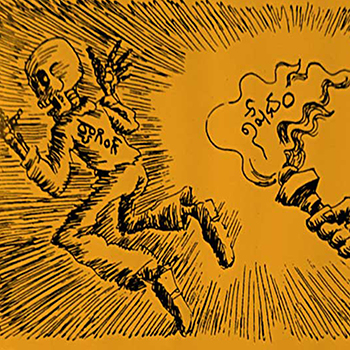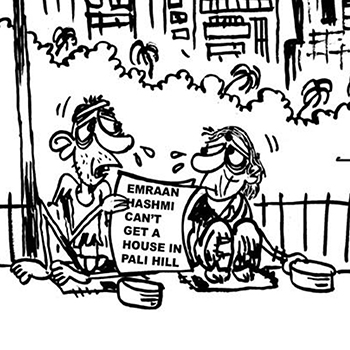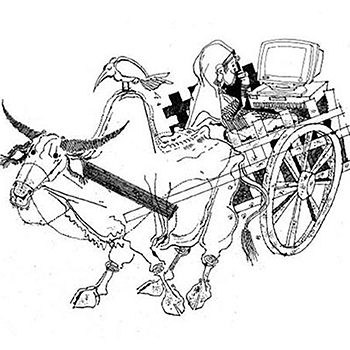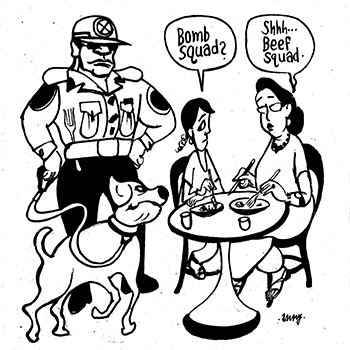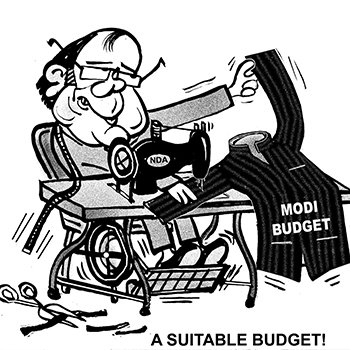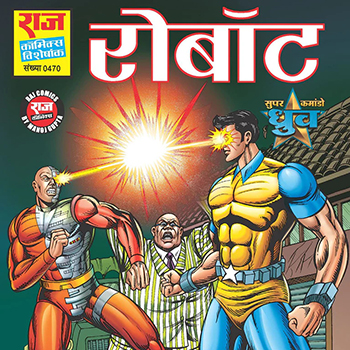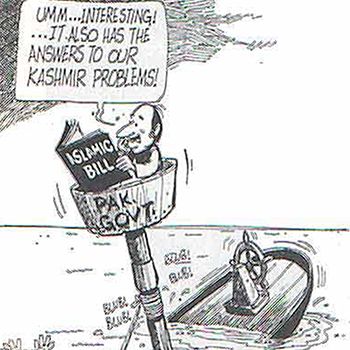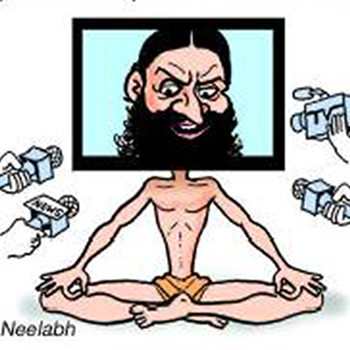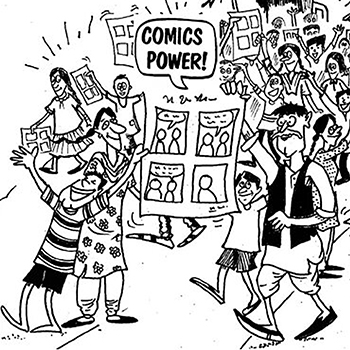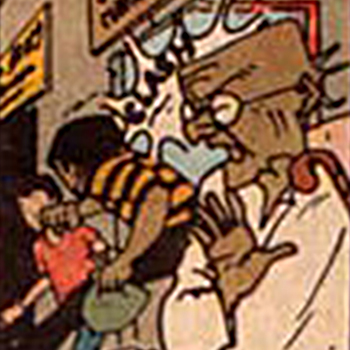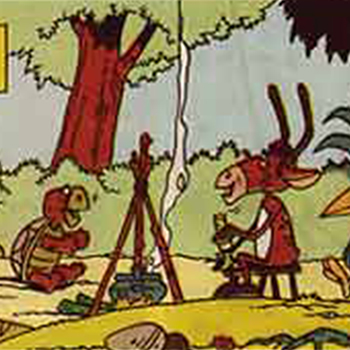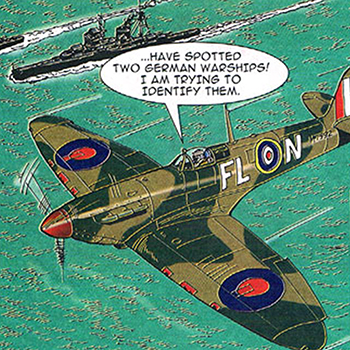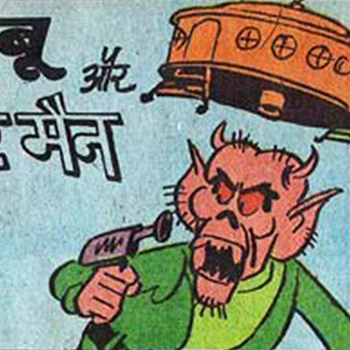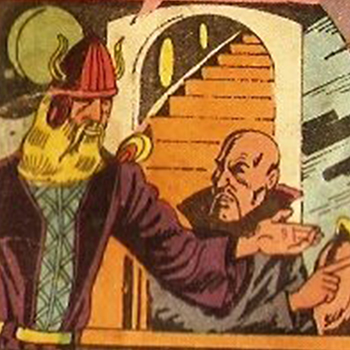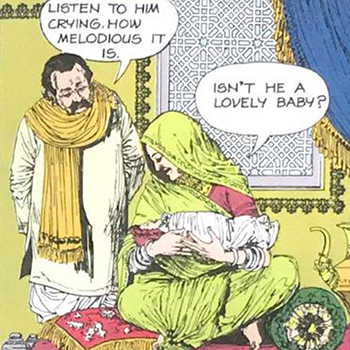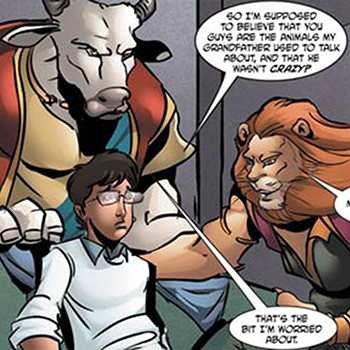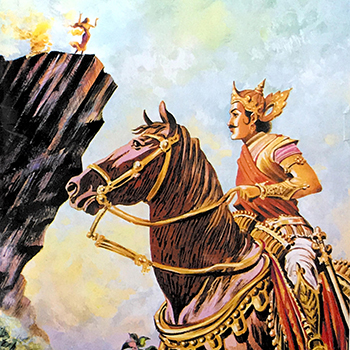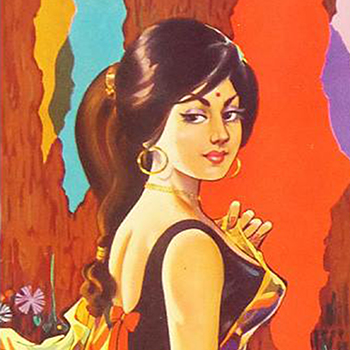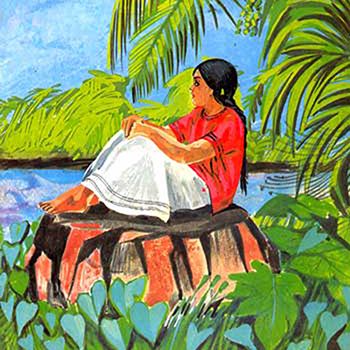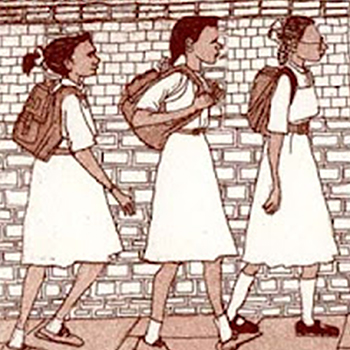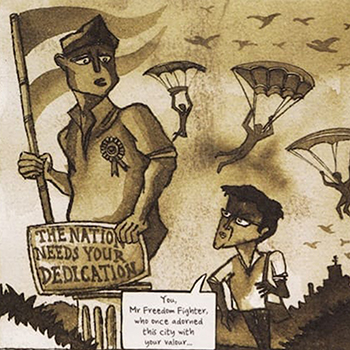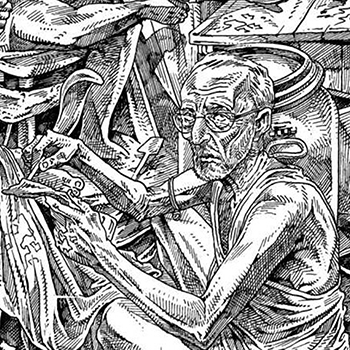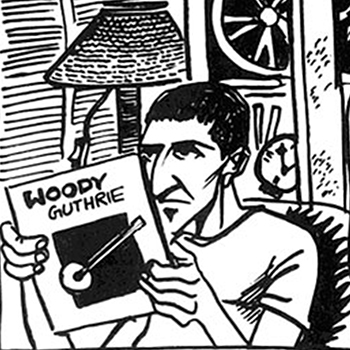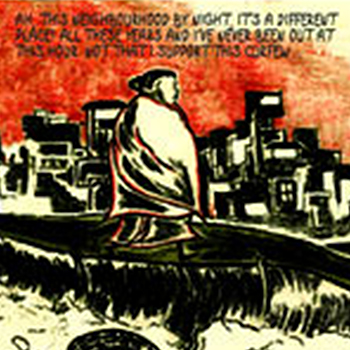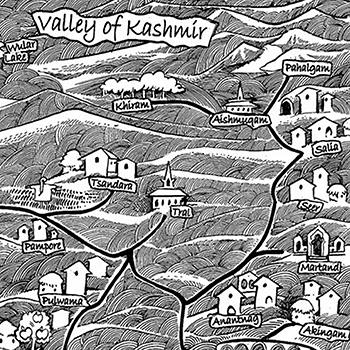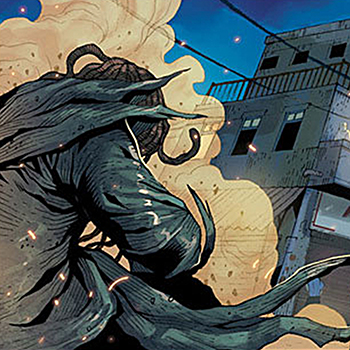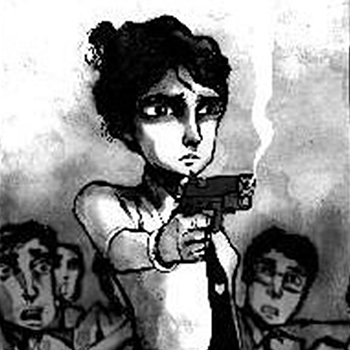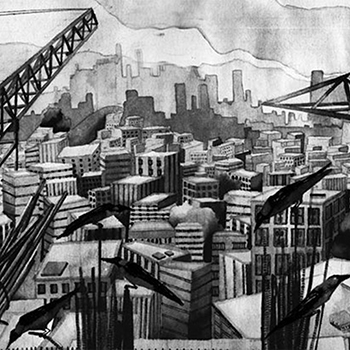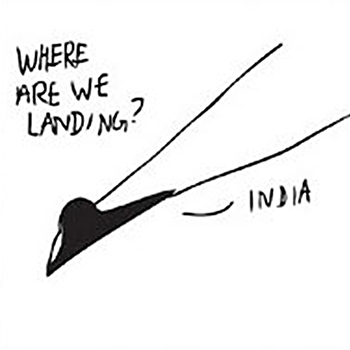Illustration
Comic
(68 items)
Magazine
(3 items)
Book
(1 items)
Drawing
(3 items)
Graphic novel
(13 items)
Illustration
Comic
(68 items)
Gaganendranath Tagore
Chittaprosad Bhattacharya
Bal Keshav Thackeray
Bal Keshav Thackeray is also known as Hinduhrudyasamrat Balasaheb Thackeray. He was an Indian politician who founded the Shiv Sena, a right-wing pro-Marathi and Hindu nationalist party active mainly in the state of Maharashtra. At the start of his career, Thackeray worked as a cartoonist for the English-language newspaper The Free Press Journal in Bombay. Thackeray spoke his heart out through his comics. His artwork is priceless and a treasured possession for upcoming artists. Though his journey as a politician is well known and admired all over the world, many are not aware of his love for comics. Thackeray began his career with the Free Press Journal in Mumbai as a cartoonist. His cartoons were also published in the Sunday edition of the Times of India. Thackeray launched the cartoon weekly Marmik in 1960 to reach out to the maximum number of citizens and spread his message.
His comics bore an appropriate resemblance to the issue and were a perfect depiction of the situation in a comical way. His strong hold over sketching, thorough study of the characters in the comic, and brilliant creativity made his comics popular amongst all.
S. Sukumaran Potti
Kesava Shankar Pillai
Bansilal Varma chakor
Kerala Varma
Attupurathu Mathew Abraham
Karatholuvu Chandrasekaran Sivasankaran
Govindan Aravindan
Narayan Debnath
Puthukkody Kottuthody Sankaran Kutty Nair
Harish Chandra Shukla
Vasant Sarwate
Rasipuram Krishnaswami Laxman
Rasipuram Krishnaswami Laxman was an Indian cartoonist, illustrator, and humorist. His best-known works are The Common Man, which he created, and You Said It, a daily cartoon that began publishing in The Times of India in 1951. This cartoon was published in the 1970s and shows the plight of the common man, who is promised the moon before elections but left to the dogs after.
R. K. Laxman began his career as a part-time cartoonist, primarily for regional publications and newspapers. He provided illustrations for his older brother R. K. Narayan's stories in The Hindu while still a college student. Political cartoonist for the Free Press Journal in Mumbai; that was his first full-time position. Laxman's life took a change when he later joined The Times of India and rose to fame as the persona known as The Common Man.
Anant Pai
Anant Pai, often known as Uncle Pai, was a pioneer of Indian comics and an educator from India. In 1929, Pai was born in Karkala. He received a dual degree from the University of Bombay and continued his studies in chemistry, physics, and chemical engineering at the Institute of Chemical Technology (formerly UDCT). His two comic book series, Amar Chitra Katha, which recreated mythical tales and historical figures' biographies, and Tinkle, a children's anthology, are what made him most well-known.
In this iconic cover image of Krishna depicts a young boy in a distinct shade of blue, a bright halo around his head, his hand dipped in a forbidden pot of curd, his sharply turned eyes (looking out of frame to the top right corner) reflecting the confident stealth of his mischief. The issue was printed in February 1970, and this year the blue god, as introduced to us by Pai, turns fifty.
Ram Waeerkar
Govind Brhamania
P. K. Manthri
Thomas Samuel
Pran Kumar Sharma
V. T. Thomas
O. V. Vijayan
Chandi Lahiri
Mário João Carlos do Rosário de Brito Miranda
Abid Surti
B. M. Gafoor
Pratap Mullick
Sudhir Dar
B. V. Ramamurthy
Rajinder Puri
Mangesh Tendulkar
Prabhakar Rao
Pratap Mulick
Chackalethu John Yesudasan
Maya Kamath
Tippani Venkatarao
Maadapoosi Krishnaswamy Govindan
Sattiraju Lakshminarayana
Nala Ponnappa
Athippatta Sivaraman Nair
Mickey Patel
Ekanath Padmanabhan Unny
Karuvannur Puthanveettil Sasi
Sudhir Tailang
Prakash Shetty
Anupam Sinha
Irfan Hussain
Shekhar Gurera
Neelabh Banerjee
Arijit Banerjee
Aseem Trivedi
Sharad Sharma
C M. Vitankar
Archana Amberkar
Abhijit Chatterji
H. S. Chavan
Jeffrey Fowler
V. B. Halbe
Prasad Iyer
Shehab Ji
Dilip Kadam
Jugal Kishor
Yusuf Lien also known as Yusuf Bangalorewala
Ashish Padlekar
Bapu Patil
Madhu Powle
Magazine
(3 items)
Shivram Dattatreya Phadnis
Satyajit Ray
Dinanath Dalal
Book
(1 items)
Jagdish Joshi
Drawing
(3 items)
Manjula Padmanabhan
S. Gopalan
Karuvattu Mana Vasudevan Namboothiri
Graphic novel
(13 items)
Vishwajyoti Ghosh
Harsho Mohan Chattoraj
Sarnath Banerjee
Jeevan Kang
Amruta Patil
Parismita Singh
Malik Sajad
Mir Suhail Qadri
Biboswan Bose
Moyna Chitrakar
Rajiv Eipe
Garima Gupta
Hemant Anant Jain


